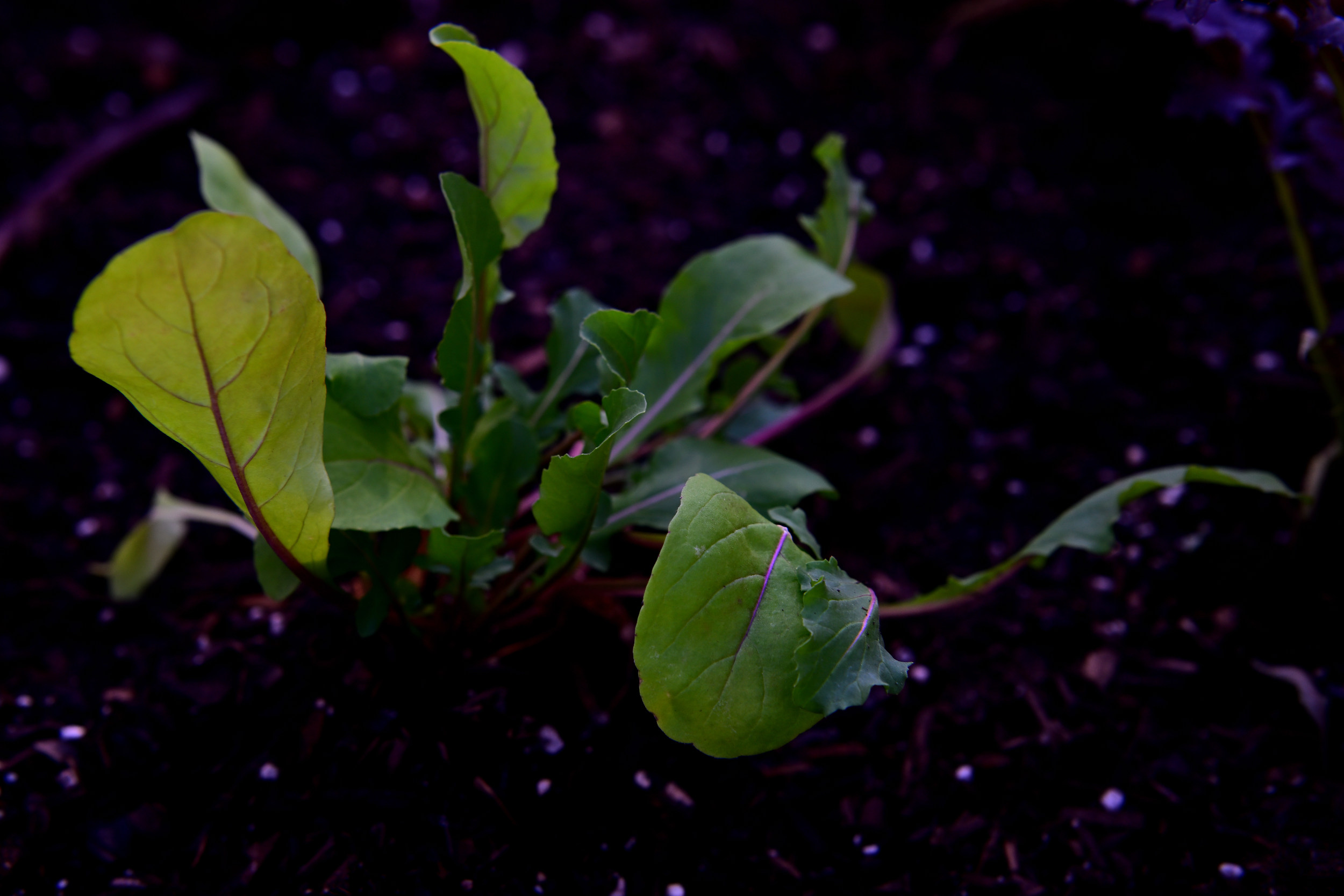Now that the five-month inferno called summer is over, it’s time to for fall planting in the American Southwest. Perfect time to get landscape and garden plants established before next summer.
My favorite sources for landscape plants and seeds? Here goes:
- Trees for Tucson
- Desert Survivors
- Tohono Chul Gardens
- Pima County Master Gardeners
- Spadefoot Nursery
- Native Seeds/SEARCH
- The Pima County Library’s Seed Library
- Terroir Seeds
Links are in the transcript.
Transcript
INTRO: From Tucson, Arizona, welcome to the Water Harvesting 101 podcast. My name is Martha Retallick. I’ve been a water harvester for 20 years, and I’m looking forward to helping you get started.
Before we do that, here’s a little Tucson secret: For most of the year, we’re in drought. That’s just how life is in the desert.
But when the rains return, oh, do they ever. They often bring an unwelcome friend called flooding.
How do we reduce the risks of flooding? We do it with water harvesting.
Water harvesting encompasses three activities:
- Redirecting rainwater away from where it isn’t wanted to where it is.
- Storing rainwater for later use, for example, during a drought.
- Recycling “used” water. At my place, I don’t let laundry water go down the drain. Instead, it’s for the fruit trees.
We’ll be covering all of these topics and more, so let’s get started.
EPISODE: Welcome to the fall planting season. Wait a minute. Fall? Isn’t that when you harvest?
Not in the American Southwest. This is prime time to plant things.
And by that, I mean at my place, I have a tiny tree farm in my backyard. I’ve been growing ironwood trees from seed, and those little trees are just about ready to be transplanted out of their pots and into the ground. That’ll be a project for my front yard soon.
Also, soon, I’m working on the understory in my front yard. I have a big old mesquite tree out there that I got from Trees for Tucson in 2005.
I have on order – from Trees for Tucson – one Arizona rosewood and two desert hackberry, which will fill in the front yard and provide habitat and hangout space for birds and other creatures like the lizards. I get a lot of lizards around here.
Also, there is the vegetable garden. I am about to start planting for fall and winter, specifically, garlic, greens, and lettuce.
If you like lettuce in January and you’re in the United States, that lettuce comes from the American Southwest. And I have to say that there have been years where my lettuce crop has been so successful and so abundant, I have been having salad for breakfast. And I love it!
So, that’s the vegetable garden. I got another project in the backyard. I have a basin with quail brush and wolfberry. And those poor things really suffered in the drought that started back in August of 2024 and appears to be on the wane. I sure hope so.
Anyway, a lot of dead branches on those plants, which I have been removing. And since I don’t have a wood chipper, I’m not mulching these branches. I’m putting them in the garbage can and rolling them out for City of Tucson pickup every week.
And this has turned into quite the project. I just filled up trash can number three, and I think this is going to be a sixth trash can job. But I need to get the dead stuff off of those plants because dead stuff is a fire hazard!
Now, I mentioned Trees for Tucson is a good place to buy trees and shrubs. You can also buy them at Desert Survivors, Tohono Chul Gardens, and the Pima County Master Gardeners. Pro Tip: Watch for the plant sales!
And there are commercial nurseries, my favorite being Spadefoot Nursery. I mean, what’s not to like about a nursery that is named for a toad, the spadefoot toad?
For seeds, I like a local organization called Native Seeds/SEARCH. You can also check out the Seed Library at the Pima County Library – those seeds are free. And, a little further afield, up in Chino Valley, Arizona, there is a nursery called Terroir.
OUTRO: Thanks for listening to this episode of the Water Harvesting 101 podcast. If you’d like to learn more about water harvesting, meet my book family.
First, it’s City Nature, the book that’s guaranteed to look great on any coffee table. City Nature reveals my secrets to water harvesting through my 20-year journey of transforming my Tucson home into an urban oasis. Get the details at CityNatureBook.com.
And if you’re on the go, take water harvesting with you. Water Harvesting 101 is an audiobook and eBook combination that will teach you the nuts and bolts of water harvesting and show you how to put them to work. Available exclusively at WaterHarvesting101Book.com.
